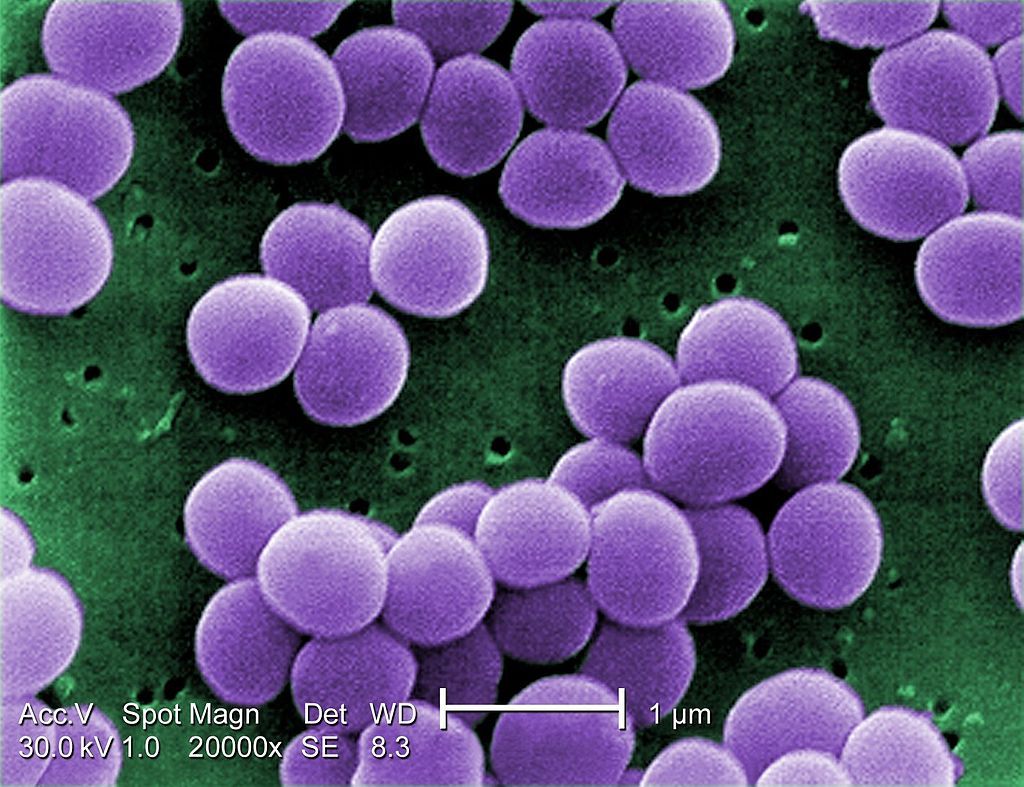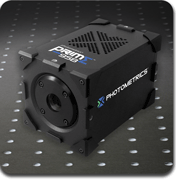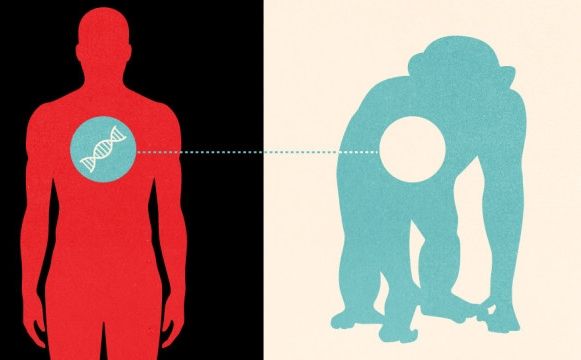Page 10812
Jun 9, 2016
Engineered pathogen-binding protein enables rapid isolation of infectious bacteria from joint fluids
Posted by Karen Hurst in categories: bioengineering, biotech/medical, genetics
Very cool.
Pinpointing the type of bacteria that are at the root of an infection in clinical samples removed from living tissues, such as blood, urine or joint fluids, to quickly identify the best anti-microbial therapy still poses a formidable challenge. The standard method of culturing can take days to reveal pathogens, and they often fail to bring them to light altogether.
A team lead by Donald Ingber, M.D., Ph.D., at the Wyss Institute for Biologically Inspired Engineering at Harvard University now reports a method in PLoS, which enables the rapid isolation and concentration of infectious bacteria from complex clinical samples to help speed up bacterial identification, and it should be able to accelerate the determination of antibiotic susceptibilities as well.
Jun 9, 2016
This Man Wants to Treat Diseases with Grain-Size Implants
Posted by Karen Hurst in categories: biotech/medical, nanotechnology
Luv it.
Only One Big Drugmaker Is Working on a Nanobot Cure.
GlaxoSmithKline is experimenting with grain-size implants that treat disease.
Jun 9, 2016
Big Government Courts Small Startups
Posted by Karen Hurst in categories: government, health, internet
Silicon Valley is trying a new approach in get new tech into the US government (states, counties, and cities/ towns) hands.
I think most of us can agree that the internet poses some unique and wide-scale risks to our privacy.
Our every move online can be — and often is — tracked. In the past, it might have been hard for companies or the government to know your interests, political leanings, religious affiliation or health problems. But they can glean all that and more by simply watching what you do on the internet.
Jun 9, 2016
We can now communicate with plants
Posted by Bruno Henrique de Souza in category: futurism
Jun 9, 2016
Measuring time is a crucial part of navigation – particularly in space, where exacting precision is called for
Posted by Klaus Baldauf in categories: futurism, space travel
Jun 9, 2016
Physical objects could, theoretically, pass through a wormhole at the centre of a black hole
Posted by Sean Brazell in category: cosmology
Objects may be able to pass through a wormhole at the centre of a black hole despite extreme forces.
Jun 9, 2016
Welcome to Larry Page’s Secret Flying-Car Factories
Posted by Klaus Baldauf in category: transportation
Jun 9, 2016
Scientific camera from Photometrics features high quantum efficiency
Posted by Karen Hurst in categories: electronics, quantum physics
Featuring backside-illuminated sensor technology providing 95% quantum efficiency, the Prime 95B from 2016 Innovators Awards silver-level honoree Photometrics is reportedly three times more sensitive than the current generation of sCMOS cameras. The camera features a GSENSE400BSI-TVISB scientific CMOS (sCMOS) sensor from Gpixel Inc., which is a 1.44 MPixel sensor with a 11 µm square pixel size that can achieve a frame rate of 41 fps in 16-bit and 82 fps in 12-bit. The Prime 95B, according to Photometrics, is optimized for low-light microscopy and life sciences imaging applications because of its ability to collect nearly all available light, and maximize the signal-to-noise ratio of the experiment while minimizing cellular photo damage. Additionally, the camera features forced air or liquid cooling options, as well as a PCIe and USB 3.0 interfaces.
Jun 9, 2016
Want To Stay Healthy? You’ll Need To Become A Human-Animal Hybrid
Posted by Karen Hurst in categories: biotech/medical, health
No thanks.
Biologists have been mixing the DNA of different animals since the 1970s, but the idea of injecting the genes of animals into humans remains taboo. Called transgenics, it’s a practice that could cure illness in the future — and eventually reshape our species. Here’s what you need to know about it.
Illustration by Jim Cooke.
Continue reading “Want To Stay Healthy? You’ll Need To Become A Human-Animal Hybrid” »


















